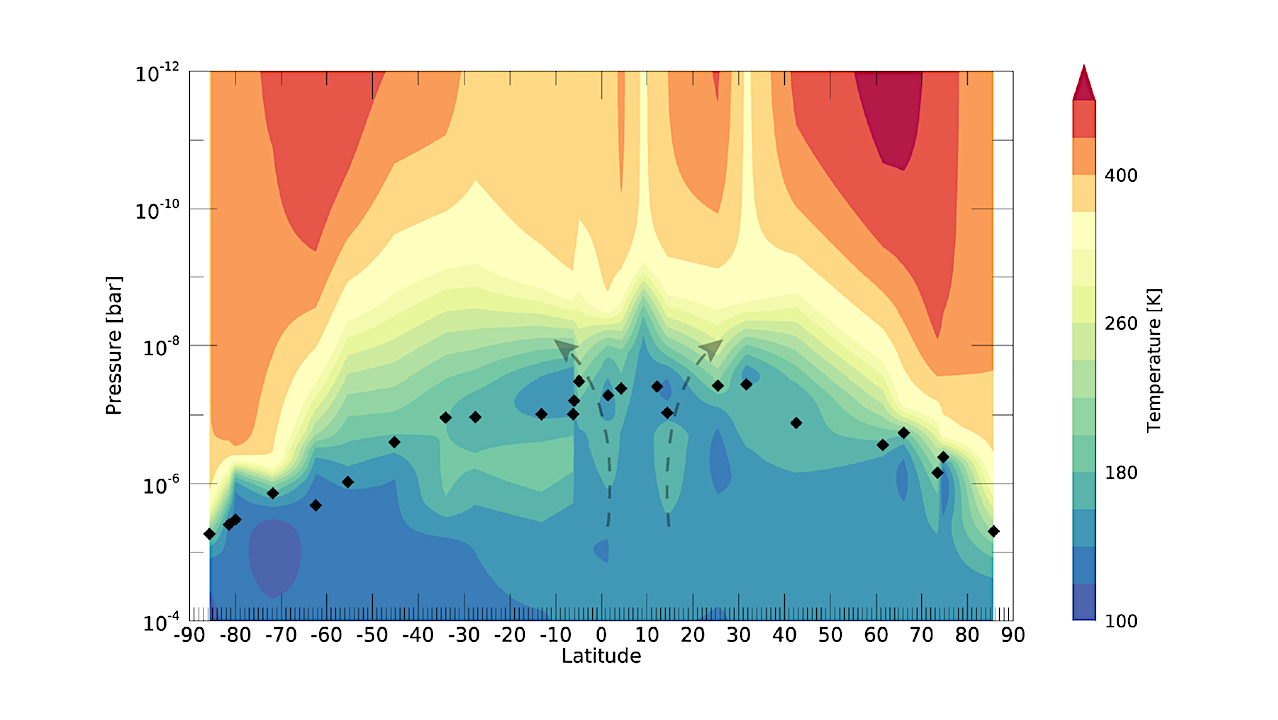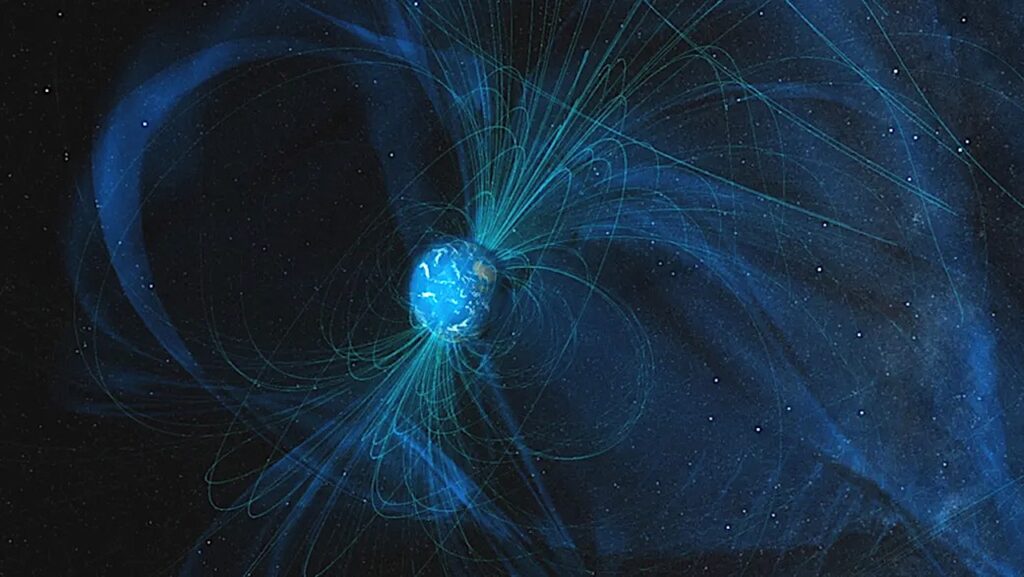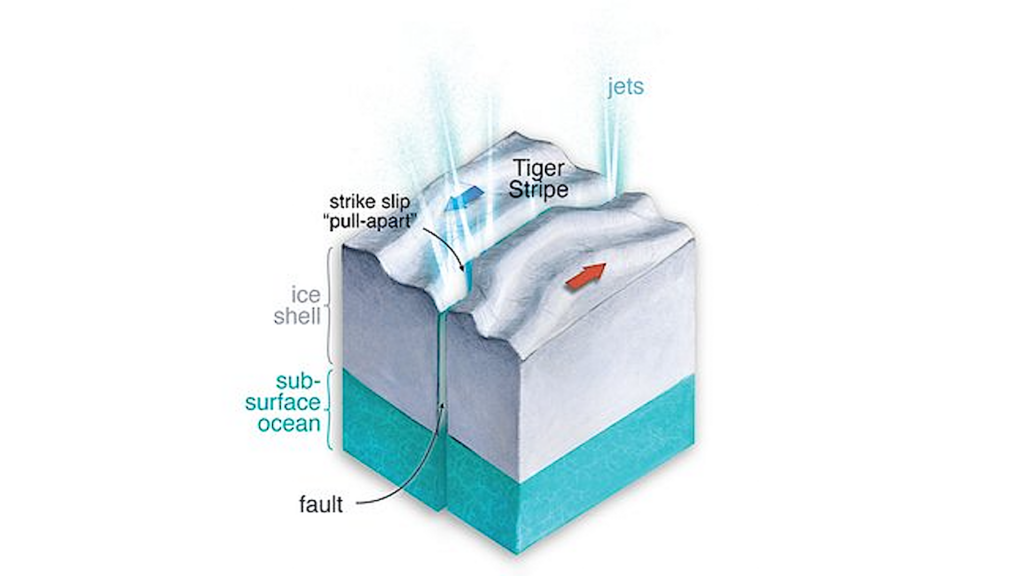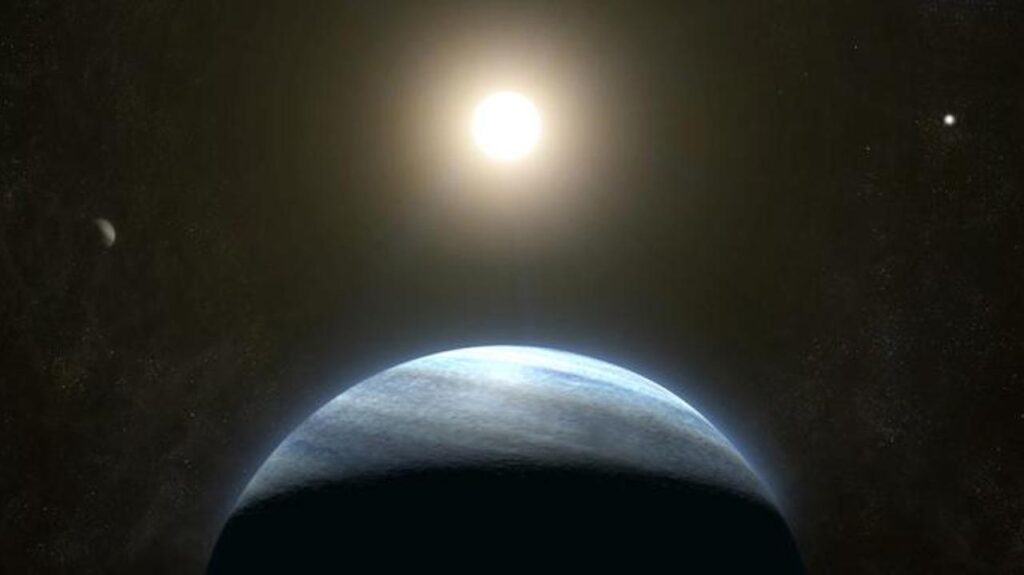A Pole-to-Pole Map Of Hydrocarbons In Saturn’s Upper Stratosphere And Mesosphere

We analyze data from the final two years of the Cassini mission to retrieve the distributions of methane, ethane, acetylene, ethylene, and benzene in Saturn’s upper stratosphere and mesosphere from stellar occultations observed by the Ultraviolet Imaging Spectrograph (UVIS), spanning pole-to-pole.
These observations represent the first 2D snapshot with latitude and depth of Saturn’s photochemical production region around northern summer solstice. Using UVIS occultations and CIRS limb scans, we derive temperature-pressure profiles and atmospheric structure models for each occultation latitude. W detect a strong meridional trend in the homopause pressure level, which ranges from approximately 0.05 microbar around the subsolar point to around 5 microbar at the poles, implying much weaker mixing at the poles than near the subsolar point.
This trend could be explained by upwelling at low latitudes and downwelling at high latitudes, requiring vertical wind speeds under 2 cm/s. Photochemical product distributions follow this trend and also show a clear seasonal trend at pressures between 0.01 and 10 microbar, with higher abundances in the summer hemisphere.
We compare the observed distributions with results from 1D seasonal photochemical models, with and without ion chemistry, to explore the impact of ion chemistry. We find that ion chemistry is particularly important for matching the observed C6H6 distribution, while its impact on other species is less pronounced. The best agreement between the models and the observations is obtained in the summer hemisphere.
Disagreements between model and observations in the winter hemisphere and auroral region may be due to the lack of transport by global circulation and auroral electron and ion precipitation in our photochemical models. Finally, we compare C2H2 profiles from UVIS occultations with CIRS limb scans, finding good agreement where they overlap.
Zarah L. Brown, Tommi T. Koskinen, Julianne I. Moses, Sandrine Guerlet
Comments: 66 pages, 11 figures
Subjects: Earth and Planetary Astrophysics (astro-ph.EP)
Cite as: arXiv:2405.01763 [astro-ph.EP] (or arXiv:2405.01763v1 [astro-ph.EP] for this version)
https://doi.org/10.48550/arXiv.2405.01763
Focus to learn more
Submission history
From: Zarah Brown
[v1] Thu, 2 May 2024 22:03:07 UTC (4,140 KB)
https://arxiv.org/abs/2405.01763
Astrobiology,








